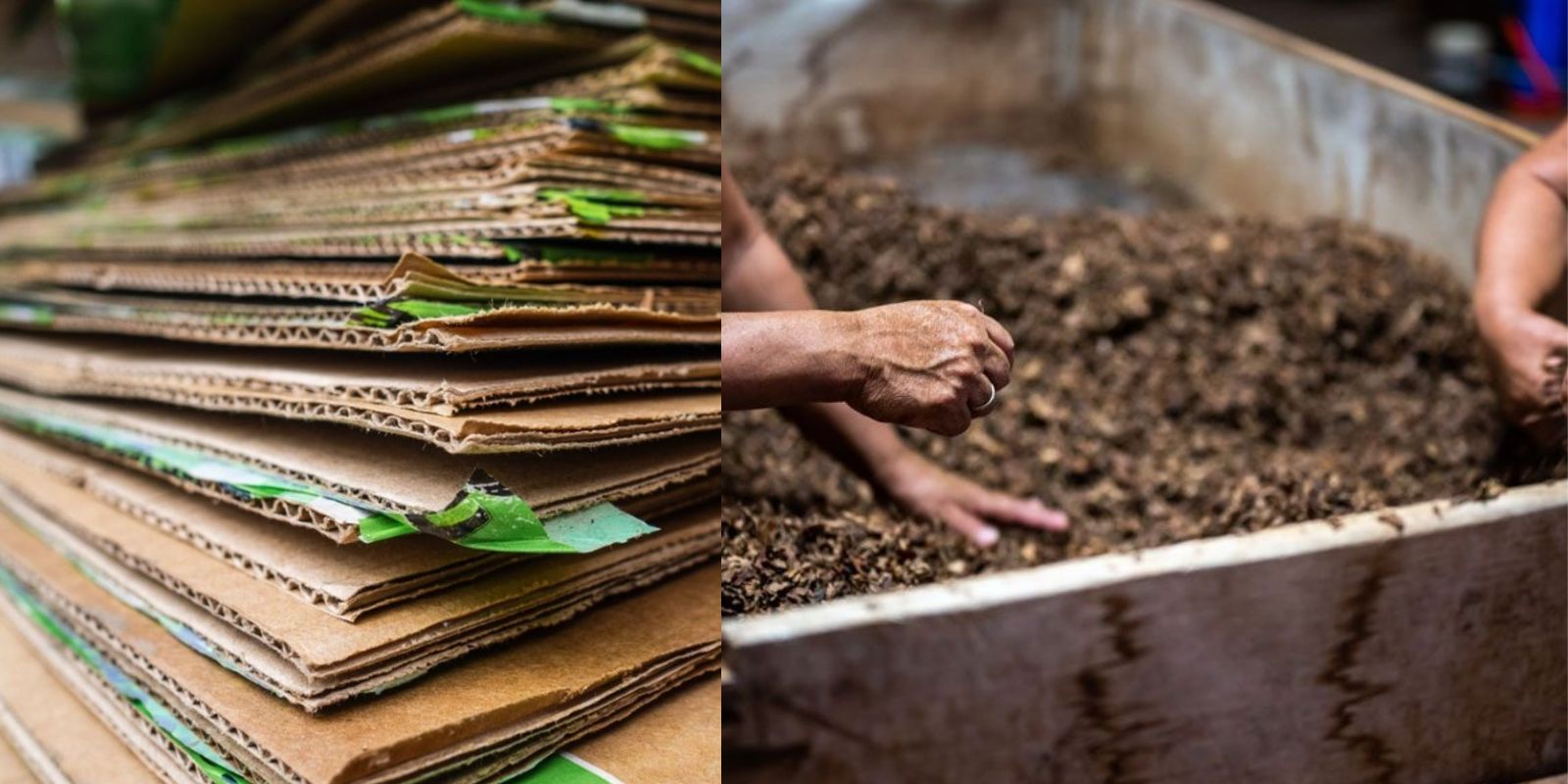Introduction
Composting is a cornerstone of sustainable gardening, and cardboard, an abundant resource, often ends up in landfills despite its potential as a valuable addition to compost piles. By composting cardboard, you not only reduce waste but also improve soil health and plant growth. This guide explores how to turn everyday cardboard into nutrient-rich compost, ensuring it becomes a powerful tool in your gardening arsenal.
Why Compost Cardboard?
Cardboard, categorized as a “brown” material in composting, provides carbon, a critical component for a balanced compost pile. When combined with “green” materials like food scraps or grass clippings, cardboard helps maintain the ideal nitrogen-to-carbon ratio, accelerating decomposition. Composting cardboard is also an excellent way to reduce your household’s environmental footprint, keeping recyclable materials out of landfills.
Step 1: Select the Right Type of Cardboard
Not all cardboard is created equal. The type you choose will significantly affect the success of your composting efforts.
- Best Types for Composting:
- Plain brown cardboard, such as shipping boxes or paper towel tubes.
- Corrugated cardboard without shiny finishes or coatings.
- Thin cardboard, like cereal boxes, if they’re free of waxy layers.
- Avoid:
- Glossy, laminated, or plastic-coated cardboard.
- Cardboard with heavy ink or excessive dyes, as these can introduce harmful chemicals.
- Boxes that have been contaminated with grease, like some food packaging.
Tip: Check for labels or stamps indicating the use of organic or eco-friendly materials to ensure your compost remains chemical-free.
Step 2: Prepare the Cardboard
For cardboard to decompose efficiently, it must be broken down into smaller pieces.
- Cut or Tear: Use scissors or your hands to tear the cardboard into manageable pieces. Aim for pieces no larger than your palm.
- Remove Tape and Labels: Peel off all tape, stickers, or adhesives, as these materials do not break down in compost.
Why This Matters: Smaller pieces expose more surface area to microorganisms, speeding up decomposition and blending seamlessly into the compost pile.
Step 3: Soak the Cardboard
Dried cardboard can take longer to break down. Soaking it makes it softer and more accessible for microbes and worms to digest.
- Fill a bucket or tub with water and submerge the cardboard pieces.
- Let them soak for a few hours or overnight if the cardboard is particularly thick.
- After soaking, the cardboard should be soft and easy to tear apart by hand.
Optional Step: For faster decomposition, mix the water with a bit of compost tea or garden soil, which introduces beneficial bacteria and fungi.
Step 4: Create a Balanced Compost Pile
A healthy compost pile requires a balance between “green” and “brown” materials. Cardboard provides carbon, making it an essential brown component.
- Layering:
- Start with a layer of coarse brown materials, like small twigs or cardboard, at the bottom for drainage.
- Alternate between layers of green materials (e.g., fruit peels, grass clippings) and brown materials (e.g., cardboard, dead leaves).
- Shredding Is Key: Mix shredded cardboard throughout the pile to avoid clumping. Clumps can prevent airflow and slow down decomposition.
- Maintain the Ratio: Aim for a mix of 2-3 parts brown material (like cardboard) to 1 part green material for optimal decomposition.
Step 5: Monitor and Maintain Your Pile
Composting is not a “set it and forget it” process. Regular maintenance ensures the pile breaks down efficiently.
- Turn the Pile: Use a pitchfork or compost turner to aerate the pile every 1-2 weeks. This adds oxygen, which microbes need to break down materials.
- Moisture Levels: Keep the pile damp but not soggy. Squeeze a handful of material—if water drips out, it’s too wet. If it crumbles, it’s too dry. Add water as needed or mix in dry materials like cardboard to absorb excess moisture.
- Temperature Check: A well-functioning compost pile should generate heat. The ideal temperature is between 135°F and 160°F (57°C and 71°C).
Step 6: Harvest and Use Your Compost
After 2-3 months of consistent maintenance, your compost should be ready to use.
- Check Readiness: Finished compost will be dark, crumbly, and smell earthy. No large pieces of cardboard or other materials should remain.
- Sift: Use a compost sifter or mesh screen to remove any remaining chunks. These can be added back into the compost pile for further decomposition.
- Apply: Spread the compost around your plants, mix it into garden beds, or use it as a top dressing for potted plants.
Creative Uses for Cardboard in the Garden
Composting is just one way to utilize cardboard. Here are a few additional garden-friendly uses:
- Sheet Mulching: Lay flat pieces of cardboard around plants to suppress weeds and retain soil moisture.
- Seed Starting: Use cardboard rolls as biodegradable pots for seedlings. Plant the roll directly into the soil, where it will decompose naturally.
- Pathways: Use flattened cardboard as a base layer for garden paths, reducing weed growth and providing a stable surface.
The Environmental Impact of Composting Cardboard
Composting cardboard helps reduce greenhouse gas emissions. When cardboard is sent to landfills, it decomposes anaerobically, producing methane—a potent greenhouse gas. By composting, you turn this waste into a soil-enriching resource while minimizing your carbon footprint.
Conclusion
Composting cardboard is an eco-friendly practice that benefits your garden and the environment. By following these simple steps, you can transform this common household item into a powerful soil amendment. Not only does it enrich your garden, but it also helps reduce waste, making your gardening practices more sustainable.
Call to Action:
Are you already composting cardboard, or do you have unique tips to share? Let us know in the comments! 🌱
Viral Gardening Hashtags:

